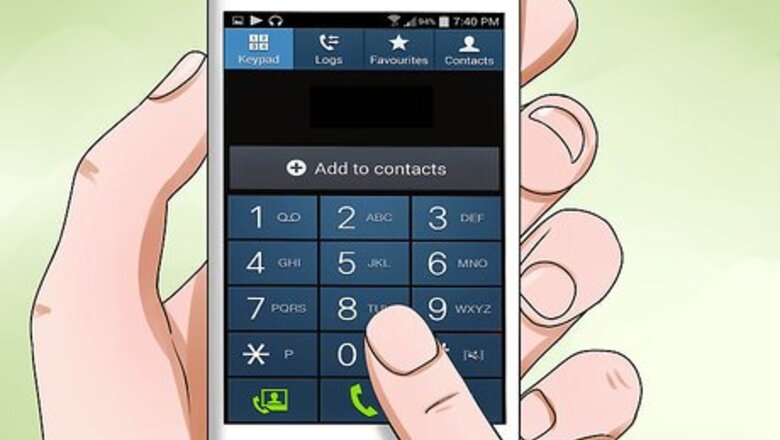
views
Obtaining an Immediate Ex Parte Order
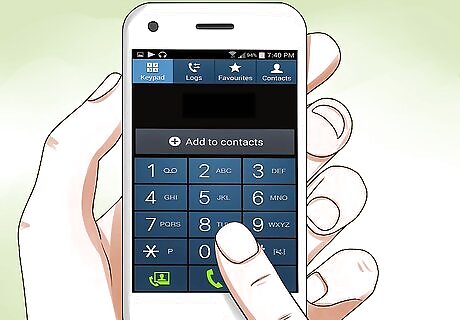
Ensure your immediate safety. Call the police, if necessary. A protective order implies that some other person is placing you in danger or making you uncomfortable through harassment or bullying. If you are in a situation of immediate danger, you should call the police before doing anything else. The most important element is your personal safety. If you were injured in any way, you should also go to your doctor's office or the emergency room. Get a copy of the written police report. You may be able to collect this from the police officer on the spot. But more likely, you will need to go to the police station a day or two later and request a printed copy. Ask the officer who appears how you can do this. In some states, the police may be able to provide you with an Emergency Protective Order on the spot, without any other action. This will apply if the police are called to a domestic violence situation and they believe they can identify which person is the aggressor and which is the victim.

Collect evidence of the other party’s actions. In order to get a protective order, you will need some evidence to convince the judge that the order is necessary. This evidence may consist of photographs, contemporary notes and records, or statements from witnesses. Write down notes or details of interactions. If you are requesting a protective order for a pattern of harassing behavior, for example, you should keep notes of dates and times that the other person did something that you consider harassing. The more thorough your notes are, the more likely a judge will issue the order you seek. Take photographs. If your request is based on a physical altercation, you should get photographs of any disturbed or broken furniture, any damage to property, or anything else that will show a judge what happened. Get written statements from witnesses. A written statement is not usually admissible in court, but if you get the witness to write down his or her observations right away, that record can help you prepare for a hearing later. Get a copy of any doctor’s notes, with clear descriptions of your injuries.

Go to the Court Clerk’s Office. A protective order is often something that you need on very short notice. The procedure in practically every court is streamlined and designed for you to be able to take care of it yourself, without an attorney. If you have an attorney, you are certainly entitled to have him or her assist you, but you may not need one. Many county courts provide a great deal of information online. You may be able to check the Internet, find your court, and download or print the forms that you need. An “ex parte” order means that you can get the order without notifying the other person involved.
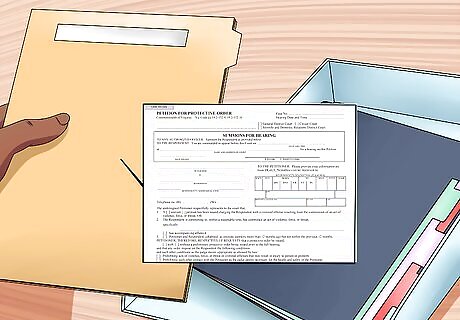
Complete the application for a protective order. Ask the clerk for the appropriate form for a protective order. This is likely a fill-in-the-blanks type of form. Follow the instructions and complete the information as accurately as possible. You will need to provide a summary of the reason for requesting the protection. Provide as much detail and information as you can, including specific dates and times of any incidents. Remember to sign the application form. The clerk will assign you a case number and write it on your paperwork.
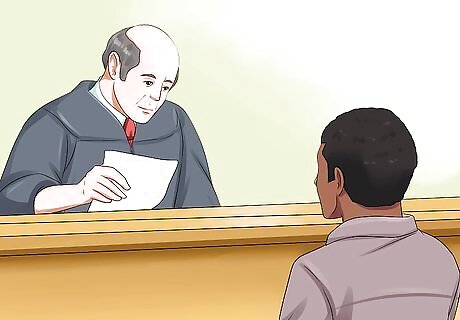
See the judge for an ex parte protective order. After completing the initial paperwork, the clerk will direct you to a courtroom to see a judge. You will take your paperwork to the courtroom and present your request to a judge. Be prepared to explain why you need the protective order. Show whatever evidence you have available. You may be able to get an ex parte protective order based on limited evidence. Give the judge your explanation of the events. You will have an opportunity to show more evidence at a later hearing. After the judge issues a protective order, the court will have the sheriff or police deliver the order to the other person. This delivery is called “service” of the order.
Obtaining a More Permanent Protective Order

Confirm the hearing date and provide notice. Whether the judge issued an ex parte temporary protective order or denied the initial ex parte request, in either case you will be assigned a date for a future hearing. This will be your chance to show the judge more evidence of the problem and attempt to get a more permanent order. Check for that hearing date and plan to attend. For a permanent protective order, the other party must have notice and an opportunity to appear and be heard. If a sheriff served the initial ex parte protective order, that probably provided notice of the hearing date. But if not, then you may need to arrange for service. Ask another person, who is over 18 and not related to the case, to deliver the papers. Hire a process server. You can usually find professional constables or process servers listed in the telephone book. Ask the sheriff’s office to deliver the papers, for a small fee.

Consult with an attorney, if you wish. If you have not hired an attorney yet, you may wish to do so to prepare for the hearing. An attorney can help you understand what you need to prove and how to be successful at your hearing. You will want to find an attorney who is experienced in either criminal matters or domestic relations. Ask any prospective attorney about the number of cases he has handled that are similar to yours. Talk with the attorney long enough to determine if he or she can explain things in a manner that you can understand. If you are going to have the attorney represent you through the entire process, make sure you find out what his or her billing system is, and how much the case will cost you.

Prepare for the hearing. At a hearing for a permanent or extended protective order, the judge will expect a higher level of proof than at an initial ex parte hearing. You will need to organize whatever notes, photographs, police reports, medical records or other evidence that you have. You are also allowed to bring witnesses and have them testify as to what they have actually witnessed. Organize your materials and witnesses so you are prepared to present your case. If you are going to bring witnesses, they can only testify about what they actually observed. They cannot testify if it is only to tell the judge things that you have told them. Arrive early for the hearing. You should plan to arrive at least a half hour to an hour early for your hearing. You will want time to park and to pass through security as you enter the building. You will then need to find the clerk’s office, check in, and find out what courtroom will conduct the hearing.
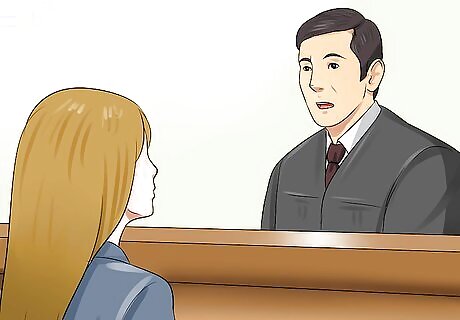
Present your case to the judge. When your case is called, you will be asked to present your reasons and evidence. The procedure for a protective order is less formal than for a trial, so you will not need to worry about opening statements and calling witnesses. You will be speaking directly to the judge and explaining your situation. If you have witnesses, you will need to tell the judge that someone is there, and the judge will have that person testify. Be prepared to answer questions. The judge may ask you direct questions, and the other party or his or her attorney may ask you questions. Listen carefully to any questions, and answer them truthfully.
Enforcing a Protective Order

Keep a copy of the order with you. After you have succeeded in getting the court to issue a protective order, you will take it to the court clerk to get copies of the written order. Keep a copy with you at all times. In case there is any future trouble with the other party, you will want to be able to show the order to police right away. It is also a good idea to give copies of the protective order to your employer, your child’s school or daycare, and trusted friends or family members who may be able to help you if the need arises.
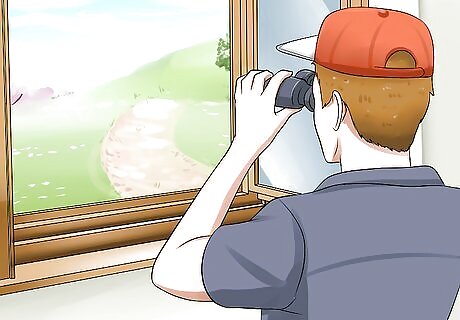
Be vigilant. A protective order does not automatically protect you all by itself. It is only a piece of paper. You need to keep on the lookout for the party who is ordered to stay away. Be prepared to take action to keep yourself safe, if necessary. When you go out, always be watchful of people around you. When you are traveling, watch the cars are people who are nearby. The protective order is only as good as you are at enforcing it.
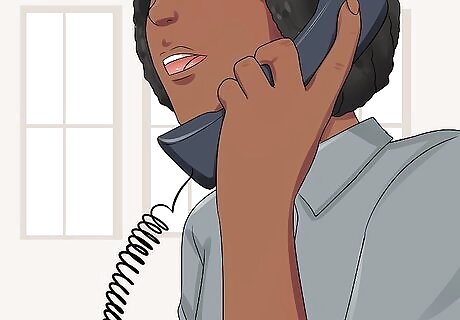
Call the police if necessary. If the person who is the subject of your protective order shows up and violates it, you need to contact the police. This is important, even if he or she does not physically do anything harmful. If, for example, the order says that the other person may not approach you, and then that happens, you must report it. If you allow it to happen without reporting it, you weaken the need for the order.
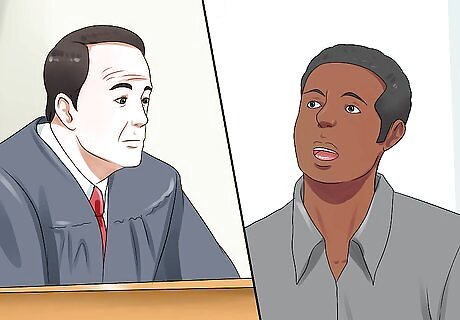
Return to court to extend the order. Most protective orders are temporary. An initial order may be as brief as only a few days. Then it can be extended for a month, or even up to a year or two. You need to keep alert to the timing. If you realize that it is about to expire, you will need to return to court to get it extended. The process for extending a protective order is very similar to getting it issued in the first place. You will need to go to court and file a motion to extend the order, and then appear before a judge and present some evidence to show why you still need it.




















Comments
0 comment